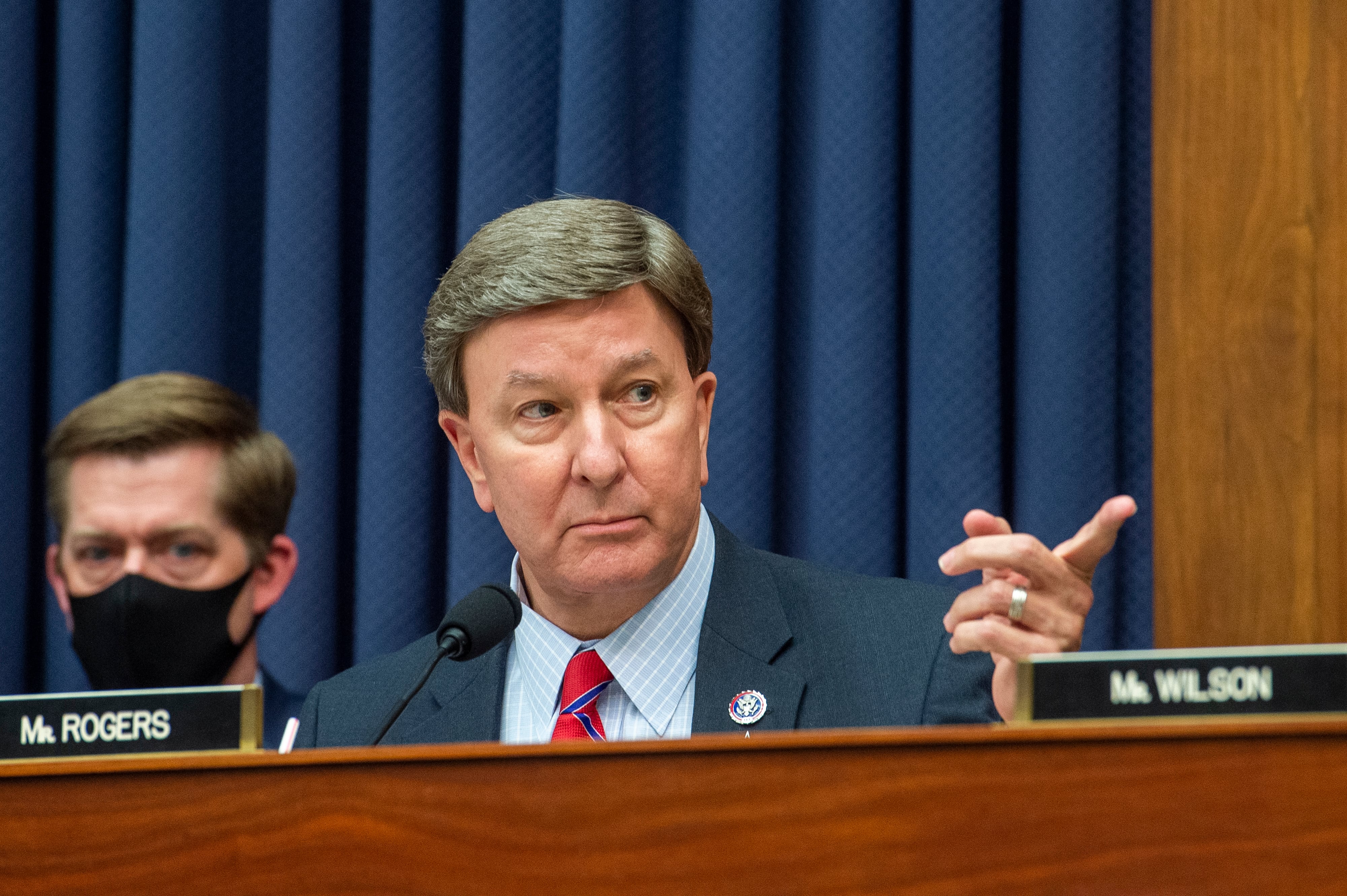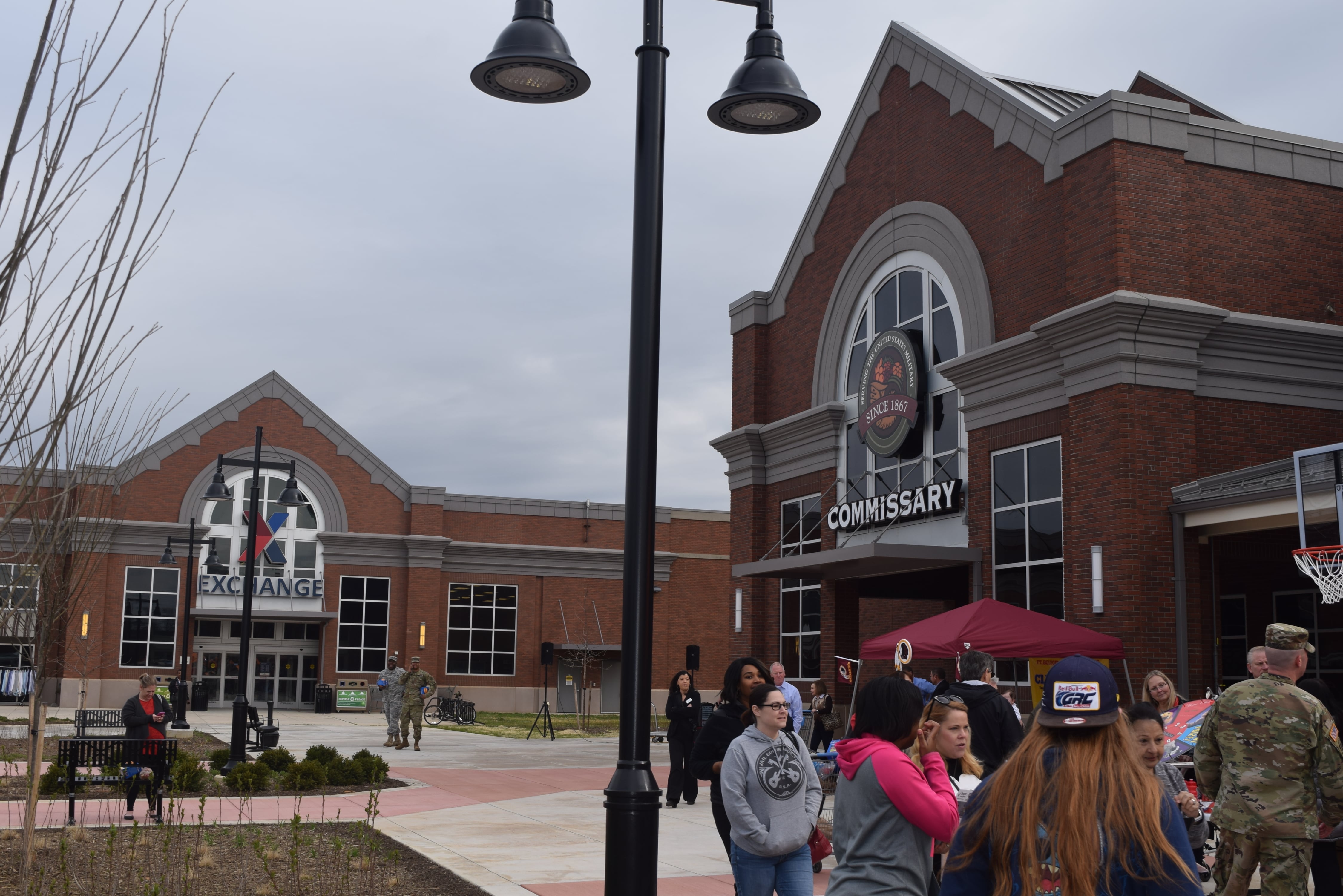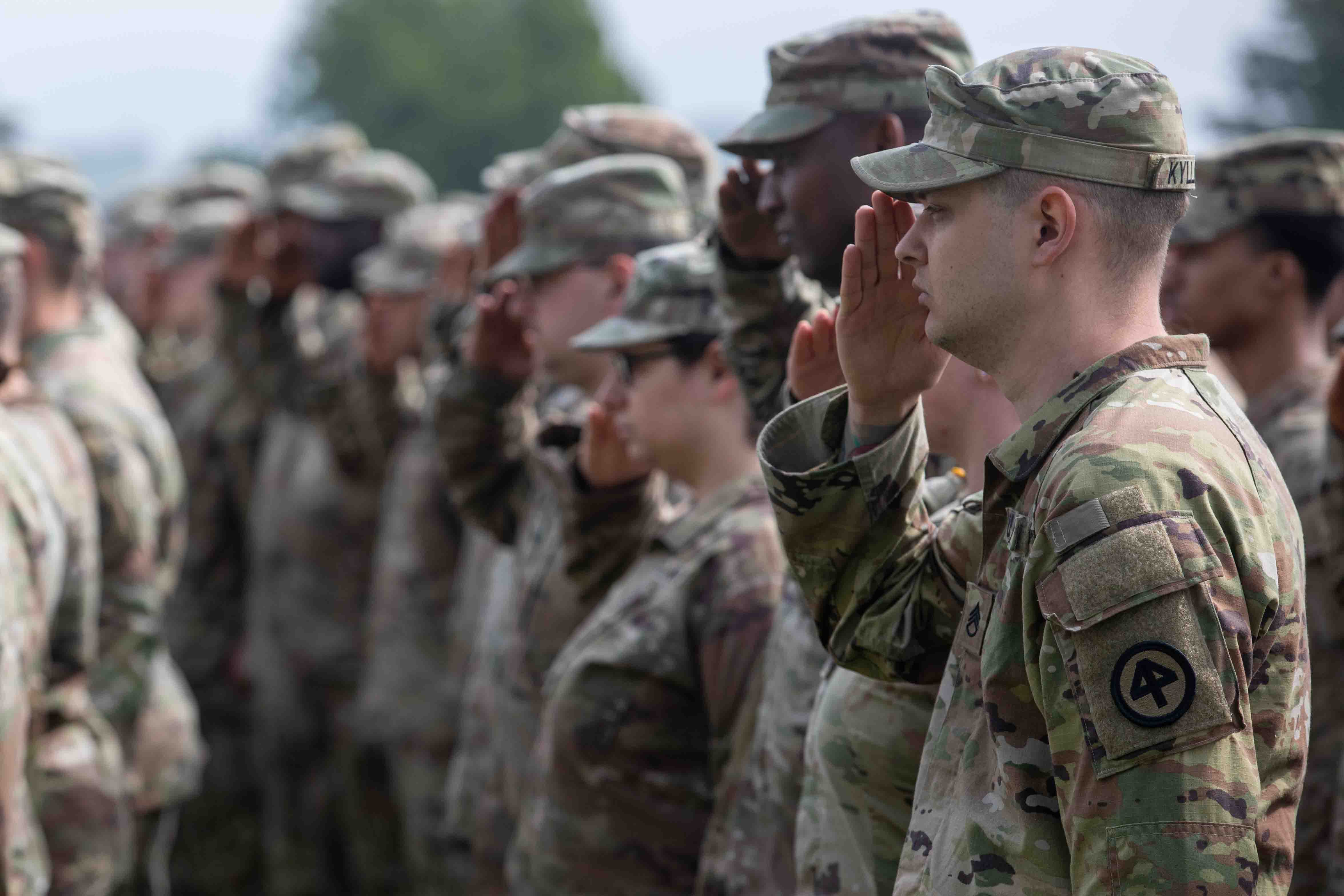SALINA, Kan. (AP) — It has been 50 years this month since the announcement that Schilling Air Force Base was closing rattled Salina residents.
The Salina Journal, which carried news of the closure in its Nov. 19, 1964, editions, reported (http://bit.ly/1uARY0J) that the economic disaster then spared no part of the community — real estate, retail, civic involvement, church attendance, population.
At the time the base pumped the equivalent of more than $154 million annually in today's dollars into the local economy. It employed 763 officers, 4,244 airmen and 357 civilians. It had been a continuous presence in the community since 1952.
Mike Helbert, who now lives in Emporia, was in junior high at the time and recalled dinner-table conversations.
"I know that my dad and my uncles were very concerned about the effect on the business. They were equally concerned about the domino effect that the loss of population would have on all businesses," he said.
Helbert, like many his age in 1964, would be saying goodbye to school friends. The closure was slated for June 1965, and by the start of the fall term all of the military personnel were gone.
"As a teenager all I really knew was that there were a lot fewer kids in class," Helbert said.
By the start of 1964, rumors circulated that Schilling was on a short list of military facilities slated for closure. But just 29 days before the announced closure, the Pentagon was still saying Schilling had a future. Instead, it was one of 95 military installations on a closure roster announced by Defense Secretary Robert McNamara.
In 1950, Salina was home to 26,176 people. A decade later, the population had grown by more than 65 percent to 43,202.
The 1950s produced the most explosive growth in Salina's history amid the military buildup. By 1956, the city was issuing an average of a construction permit a day to build new homes, and the growth didn't stop at the end of the 1950s. The city issued 361 housing permits in 1961.
Leland Srack, city manager in 1955, boasted to Rotary Club members Salina would be a city of 60,000 by 1974.
A Stanford University education report of Salina schools in 1961 said the board of education should expect 80,000 people by 1986.
Instead, Salina lost 13 percent of its residents by the end of the 1960s. The census counted 37,714 in 1970. By 1990, the population still hadn't reached the 1960 level. There were 42,303 counted that year. Not until the 2000 census did the numbers surpass those of four decades before. There were 45,679 counted in 2000 and 47,707 in 2010.
"We had just moved to Salina in 1962 and wondered if we had made the right decision," said Karen Graves, who later would serve on the city commission and mayor. "Every marginal business closed. 4,000 people left almost immediately. Even some churches shut their doors."
Graves said no city should rely too heavily on one industry.
Salina eventually regained its footing. It acquired the the base, and it was converted into an industrial site and a municipal airport.
"We had moved to California, but still had family in Salina, and I remember hearing that 'Salina would be a ghost town without the base,'" said Linda Warnow Taylor. "Funny how the people of Salina proved them wrong."





